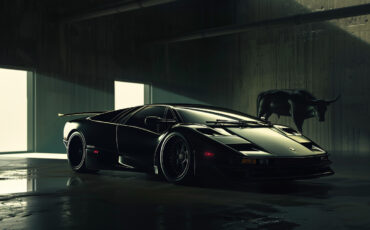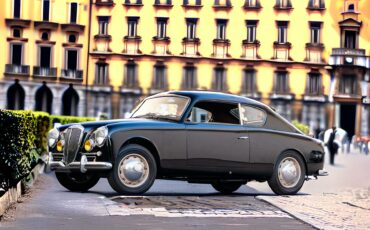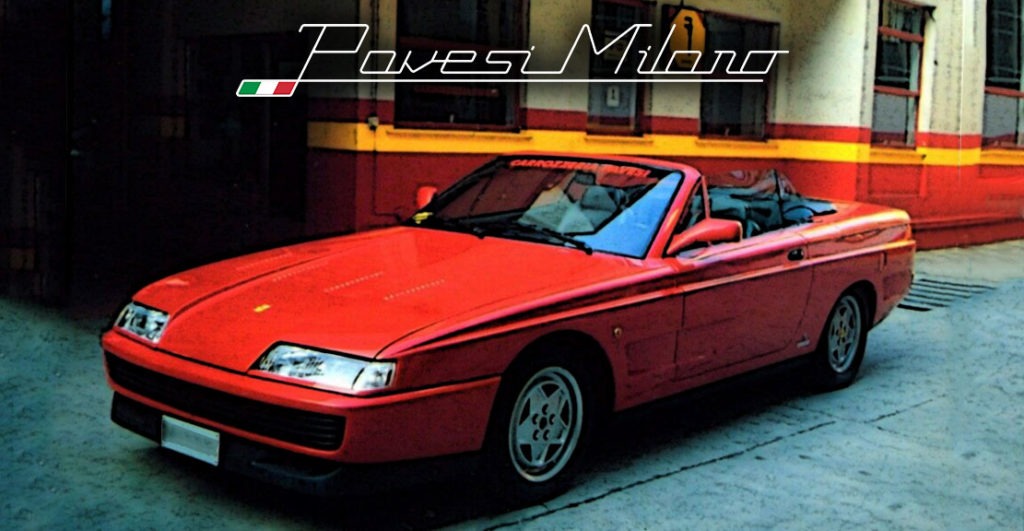
The beginning
In the first post-war period, Ernesto Pavesi (1901-1974), a young carpenter specialized in bodywork, opened a small business: a craft workshop for carriages.
He seemed to immediately understand how these would soon be replaced by the advent of cars and, at the cost of great economic sacrifices, he founded the homonymous body shop in Via Pietro Calvi in Milan.
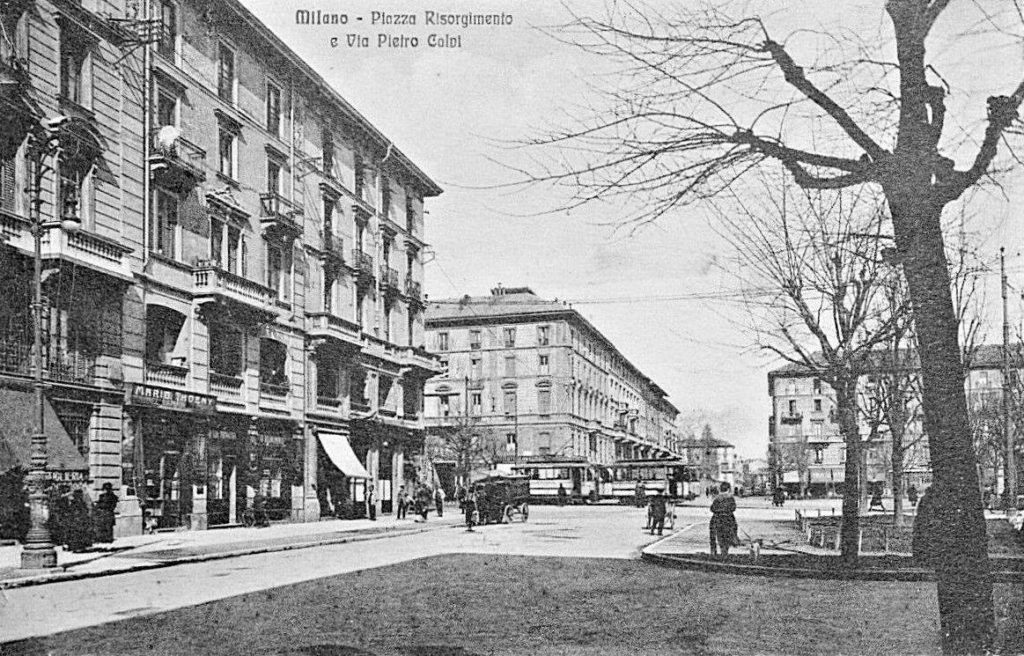
Over the years, he specialized in the construction of commercial vans starting from production vehicles such as the three-speed Fiat Balilla. The remarkable success of vehicle customization also extended to private vehicles. The first wood dashboards were mounted on the Lancia Astura and the Lancia Artena.
The increase in orders led Pavesi, who in the meantime had been joined by his eldest son Gianpaolo, to hire several workers.
With the beginning of the Second World War, the demand for aesthetic finishing and customization dropped drastically and to avoid the bombings of those difficult years, Pavesi moved his workshop to Trecella, near Melzo. Pavesi adapted to the difficult period by dedicating themselves to the repairs of the vehicles of the Armed Forces, the installation of gas-fired systems and some very primitive ballistic protections.
The success
At the end of the conflict, Pavesi returned to Milan opening a new plant in via Mezzofanti. The other two sons, Emilio and Luciano, also joined the new team of Carrozzeria Pavesi. Luciano quickly became the architect and the inspirer of the new course of the Milanese coachbuilder.
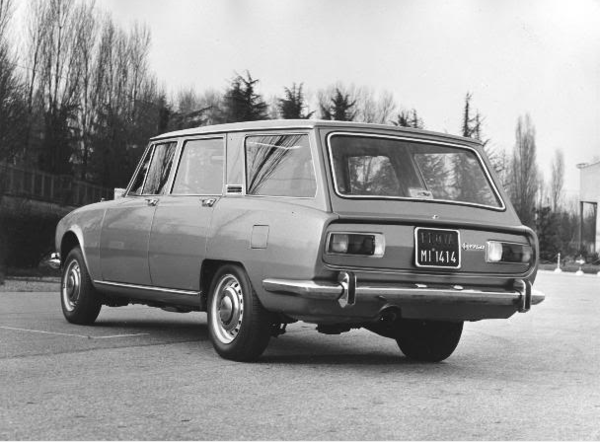
In the 1950s, Pavesi decided to relaunch a trend that was taking hold in production cars in Great Britain: the complete transformation of the interiors of any type of car, inspired by the interiors of Rolls-Royce and Jaguars. The customization included the dashboard, steering wheel, seats and door panels in hand-stitched leather and wood. Air conditioning and a radio was also added at a cost of about 5 million Lire; amazing when you think that the cost of a Mini did not reach one million Lire. Despite this high price, Pavesi produced around 50 such custom Mini speciments.
Due to the limited spaces at the via Mezzofanti headquarters, the body shop was moved to via Luigi De Andreis, its former historic headquarters. Twenty Alfa Romeo 1750s were built here, transformed into wagons (Alfa Romeo 1750 Giardinetta Veloce), about thirty spiders starting from the Grifo coupé of the Iso Rivolta (one was bought by the tenor Mario Del Monaco): many Ferrari Dino and Maserati Indy were transformed in “targa” versions. At that time, the Pavesi body shop employed 38 people, most of them skilled workers. Despite the considerable number of employees, it was not possible to satisfy all the customers needs, as a testimony of the great success of the coachbuilder.
In the early 1970s Pavesi started to produce hard tops for the Ferrari 365 Daytona spider (50 of these for the American market) and sunroof transformations on Maserati Ghibli and Dino Ferrari. In these years there were the first agreements with Alejandro De Tomaso (who owned Maserati), which turned into an industrial collaboration on the DeTomaso-branded cars. All the DeTomaso Longchamp convertibles and the DeTomaso Panthera Targa were transformed by the Pavesi coachbuilder. One of these Longchamp Spider was used in the movie “il bisbetico domato” (1980) with Ornella Muti and Adriano Celentano.
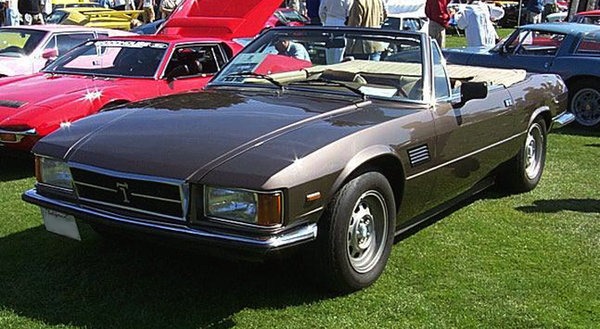
In the late ’70s and early’ 80s, Italy was hit by a wave of terrorism and kidnappings for the purpose of extortion, and this led Pavesi to specialize in the construction of armored cars. Among the many we remember the four-door Maserati for the then President of the Republic Sandro Pertini. At the end of the 1980s, Pavesi built special cars for important world personalities. We remember the Range-Rover Cabrio and the Ferrari 400 cabrio made for the Libyan president Gaddafi and for the Arab prince Feisal.
The recent years
In the 90s, the work of customization and transforming exclusive cars (such as the creation of a small series of Ferrari Testarossa cabriolets), was joined by a small production of vintage-looking commercial vehicles, the “Old Pavesi” based on the mechanics and chassis of modern Ford Transits.
In the early 2000s the three Pavesi brothers were joined by some of their children who were lookin for a management that could continue the tradition of the Pavesi brand and at the same time relaunch the production.
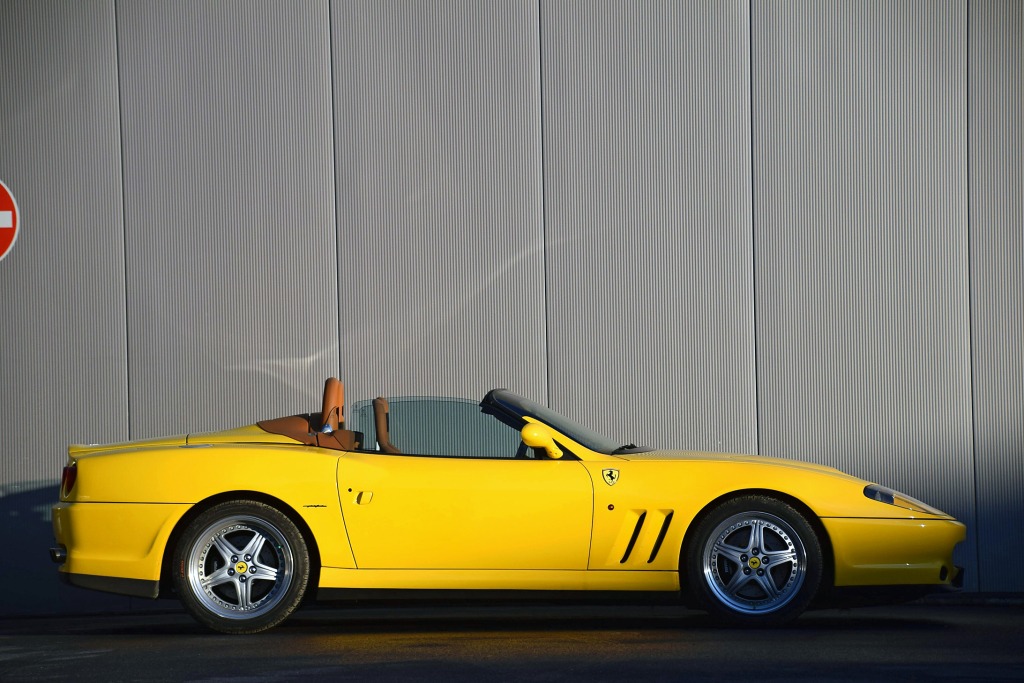
In 2008 the coachbuilder was sold to a consortium of entrepreneurs who laid the foundations for a relaunch, which however did not obtain the desired results and in 2015 it was put into liquidation. In 2017, the brand was acquired by specialists in the sector who customize cars at the specific request of international customers.

